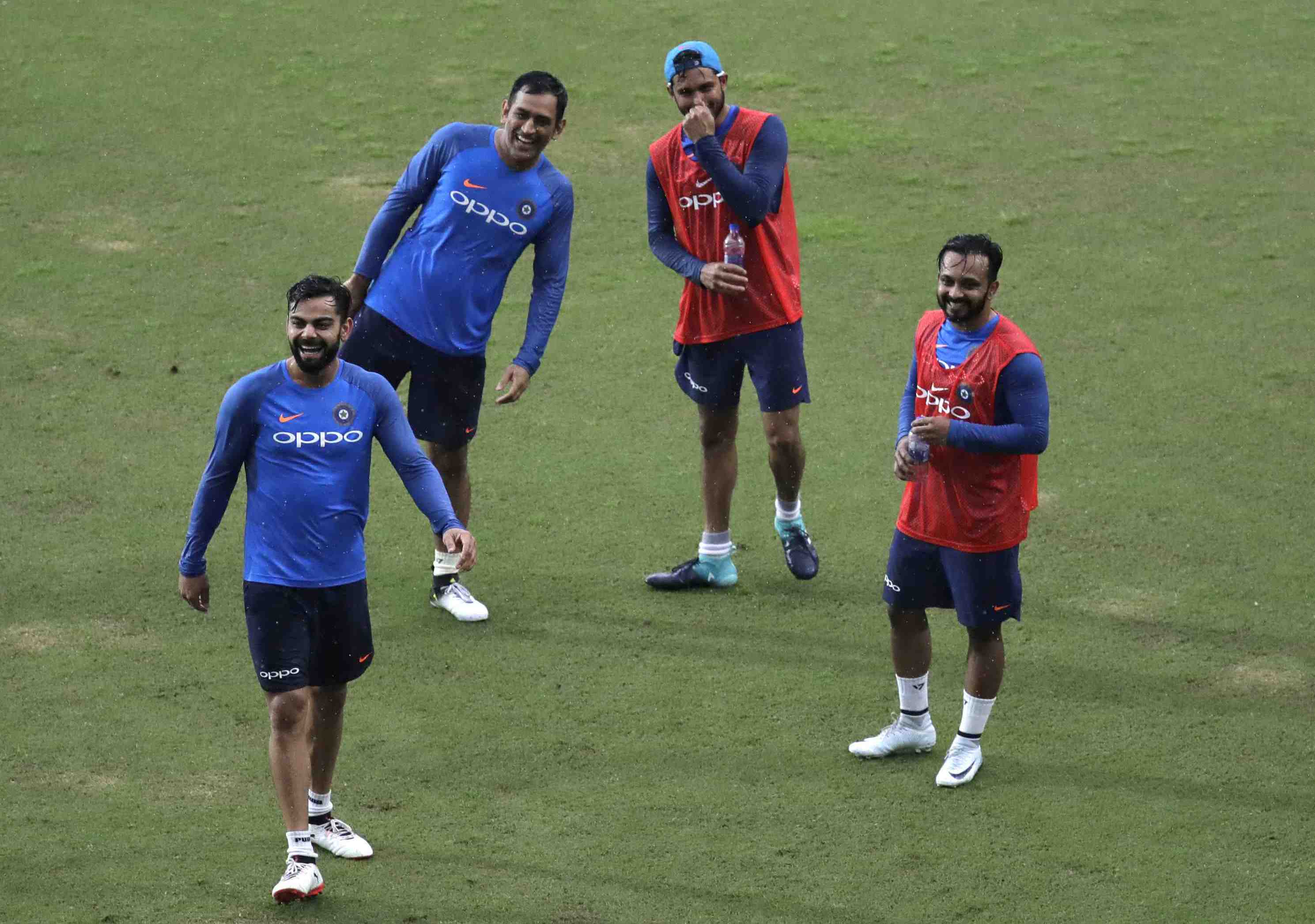Will BCCI’s over-reliance on Yo-yo test bid well for Indian cricket’s future

BCCI’s decision to replace an in-form Ambati Rayudu on the back of a failed yo-yo test after his brilliant 2018 IPL season would force one to ask whether the board has been giving way more important to fitness than skill. Being a hotbed of cricketing talent, BCCI might have got its focus all wrong.
The latest player to have hindered his comeback into the Indian team by BCCI’s growingly menacing yo-yo Test is Hyderabad batsman Ambati Rayudu, who was named in the squad for India’s ODI series against England following his brilliant IPL display. The 32-year-old was instantly replaced by his Chennai Super Kings teammate Suresh Raina, who had his share of frustrations concerning his inability to pass the Yo-yo test at the end of last year until he finally managed to overcome it.
Rayudu ended IPL as the third highest run-scorer this season scoring 602 runs from 16 matches, which included three fifties and one century, making a strong contention for India’s number 4 spot that has been at a turmoil at the moment. With Kedar Jadhav sidelined with a hamstring injury and Manish Pandey and Ajinkaya Rahane in pretty much in the worst form of their lives, the platform was ready for Rayudu to prove his mettle. But, despite having all the necessary skills and experience at both domestic and international level to fill that role and possibly give the selectors another potential number four option ahead of the 2019 World Cup, it was a fitness test that decided his fate.
The yo-yo test as a fitness regime was first introduced by John Wright back in 2000. However, it was just a training routine then that has now become an eligibility criterion for players. Rayudu isn’t the first player, whose proven cricketing skills have been completely ignored by the management because he couldn’t pass the Yo-yo test. India’s once blue-eyed boy, Yuvraj Singh, who was the Man of the Series in their 2011 World Cup-winning campaign, has also been a victim of yo-yo test as he hasn’t been a part of the team since India’s three-match ODI series against Windies last year.
Raina, despite being one of India’s best fielders, was excluded from the first team by yo-yo test for months before he returned for the T20Is against South Africa before IPL this year. Young Washington Sundar had to wait for his chance after failing the test despite having a solid IPL 2017 and good displays in TNPL. He eventually got his break against Sri Lanka last yearend. Just before Rayudu, pace bowler Mohammed Shami had to sit out of the one-off historic Test against Afghanistan after he failed it, which was later reported to be because of a hamstring injury.
India’s brilliant form in limited-overs under Kohli’s captaincy has never let us question BCCI’s stringent rules with the yo-yo test, but it is time they restart giving priority to skill over fitness. Consisting of the start-stop circuit with two cones at either end, a player has to start form speed level 5 with one shuttle. The next level at 9 also consists of one shuttle, which increases to two in speed level 11, three in level 12 and four in level four. From level 14, there are eight shuttles with level 23 the highest, which no one has crossed yet. The shuttle covers a distance of 40m and the accumulated distance is an aggregate of distance covered at every speed level.

As the description clearly points out, the yo-yo test, though a great parameter for one’s endurance and fitness that is quintessential for any sport, shouldn’t be the biggest selection criteria in a predominantly skill-based game like cricket. This was not always the case with BCCI though. Team India has been graced by the likes of Sachin Tendulkar, Virender Sehwag, Rahul Dravid, and many more, who didn’t rely on muscles and six packs to get to centuries. This scenario primarily changed when Virat Kohli became the Indian captain in all the three formats and Ravi Shastri became the coach.
Another reason why the fitness test became a qualifier to play for the national team was the coach and the captain's decision to bring back Shanker Basu as their fitness and conditioning coach. Basu had joined the India team in 2015 but decided to step down from the position in 2016
Cricket has one of the few sports that has given welcomed to talent over fitness. One of the most popular spats between a player and his coach was probably between Australia’s legendary Shane Warne and coach John Buchanan. While the coach wanted to build his team relying on data analytics and fitness routines, the leg-spinner didn’t believe in his ways. Warne retired from the international cricket with 1,071 wickets to his name across all the three formats. While Sri Lanka had Arjuna Ranatunga in that category, who was also a brilliant leader and great batsman, Pakistan had Inzamam-ul-Haq. Cricket has been filled with examples of players who were far from their fittest self but rose to greatness regardless of it relying solely on their skills.
A team should ideally be built in a perfect blend of players having the right skills and athletes, who can face any difficult situation with equal deft. At the end of the day, it is all about performance and not how
Hence, to achieve the future that BCCI plans to, the grassroots system would need the tools and understanding of the Yo-Yo test so that it could produce fully furnished talents. Despite originating in England, India
Easier than picking 11 Players, Predict Cricket Matches in 2 minutes!
Predict IND vs AF, Royal London Cup & More matches from around the world! Download here Now!
Win Cash Everyday on NostraGamus! Play Now on Android & predict matches of ANY Sport! Click here to Download Now & Get ₹40 Cash Bonus!!
